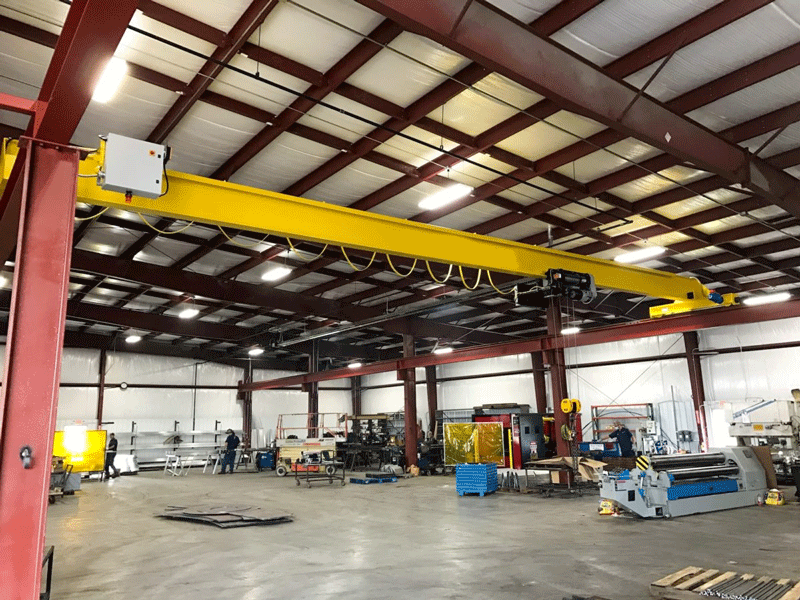The main beam of the single-girder bridge crane is uneven, which directly affects subsequent processing. First, we’ll deal with the flatness of the beam before moving on to the next process. Then the sandblasting and plating time will make the product whiter and flawless. However, bridge cranes with different models and parameters have different structural characteristics of their main beams.
We need to first understand the following two points about the product:
1. What materials and board shapes are required to process the main beam of the bridge machine (boards, rolls, special-shaped parts, rulers)?
2. Considering the size of the main beam and the surface of the single-girder crane (depending on the product, different flatness processes can be selected to complete cost and operability control), what kind of leveling effect and usage requirements should be achieved for the main beam?
Currently, there are two methods to deal with the flatness of the main beam of the crane:
1. The use of professional mechanical treatment is to remove the polished convex parts through cutting and plastic deformation of the material surface to obtain a smooth surface polishing method, and usually uses grinding stones, polishing fluid, etc.
2. Chemical polishing. Chemical polishing is to make the microscopic convex parts of the local convexity of the data dissolve first in the chemical medium, thereby obtaining a smooth surface. The main advantage of this method is that complex workpieces can be polished without complicated equipment, and many steel plates can be polished simultaneously. The problem with chemical polishing is the application of polishing fluid and product materials. The surface roughness obtained by chemical polishing is usually 10μm.








